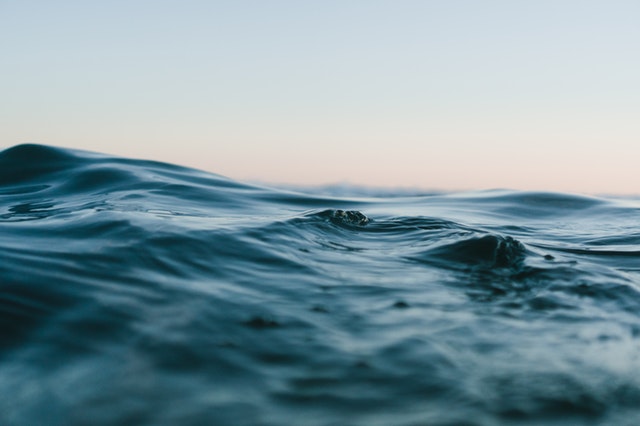Reporting Water Stories on TV
As the saying goes, a picture is worth a thousand words. We see this proven every day when we look at how television is influencing human behaviour and shaping public opinion. All over the world, TV is still the leading communications medium, and people’s day-to-day lives are very often framed by a constant stream of TV images flickering across the screen. Against this background, the skilful illustration and visualisation of water-related stories on TV creates a substantial and wide-reaching impact. A carefully researched TV story with never-before-seen images has the potential to shake awake the public and trigger the engagement of the people and institutions who have the power to bring about change.
Storytelling on TV should put the spotlight on people, even more so than in other media, and should not overwhelm the audience with facts and figures. Every water-related TV story needs a clear dramatic arc and a “before-and-after” scenario that shows development and focusses on the people affected by or driving the situation. This does not necessarily have to be a negative scenario; it can also be about demonstrating opportunities and solutions.
Water reporting for TV has to cope with several challenges:
-
a potentially expensive and extensive production process;
-
a diversity of obstacles and risks, often including the lack of permissions to shoot a story at the actual location and with the persons concerned;
-
getting the right pictures for the story instead of a meaningless stream of images;
-
adapting a very reduced but precise text to the flow of the pictures, so that the text always supports the images.
A further challenge is that TV stations are often controlled or influenced by government institutions or are associated with political parties or companies with their own agendas.
The tool sheets in this section cover a range of media formats for TV. Explore them to find the right format for your water and sanitation topic, and use the guidelines and checklists to make sure your story moves your audience.
- Hardware
- Software
- Sections
- Reporting Water Stories on TV

